Environmental stewardship and sustainable agriculture have attracted a lot of attention in recent years, but the concepts are certainly not new. Farmers and ranchers have been serving as stewards of the land for many generations. As the world population continues to rise, farmers and ranchers must continue to advance – growing more food while using less water, land, energy and other resources.
Through voluntary conservation practices and application of technological advancements, agricultural producers are succeeding in operating their farms and ranches more efficiently and decreasing their carbon footprint. According to the USDA, an average farmer produces 262 percent more while using two percent fewer inputs including seeds, labor, fertilizer and fuel than in 1950.
Farmers and ranchers in Oklahoma grow crops and raise livestock on different types of soil and in varying weather patterns, so environmental stewardship practices on each farm and ranch are different. But, the collective desire to care for the natural resources and protect the land for generations to come remains the same.
Many farmers perform crop rotation to improve soil health and help control weeds and pests, which reduces the need to apply herbicides, pesticides and fertilizers. Studies have shown that farmers using biotechnology (GMO seeds) have reduced carbon dioxide emissions by 62 billion pounds, (equivalent to removing 12.4 million cars from the road for a year.)
Building terraces and reducing tillage help farmers reduce soil erosion and runoff and keep water in the soil for crops to thrive. According to the Oklahoma Conservation Commission, Oklahoma leads the nation in EPA recognized water quality success stories due in large part to the voluntary conservation practices implemented by farmers and ranchers in the state.
Farmers and ranchers are often avid outdoorsmen and wildlife enthusiasts. A study by the American Farm Bureau Federation indicates that more than half of America’s agricultural producers intentionally provide habitat for wildlife which have shown significant population increases for decades.
No one has a more vested interest in maintaining the quality of the air, water and soil than the farm families who often make their home and raise their children in the midst of the fields where their crops and livestock mature. It is a legacy that will continue – after all, they want the same opportunity to be available for the next generation.
